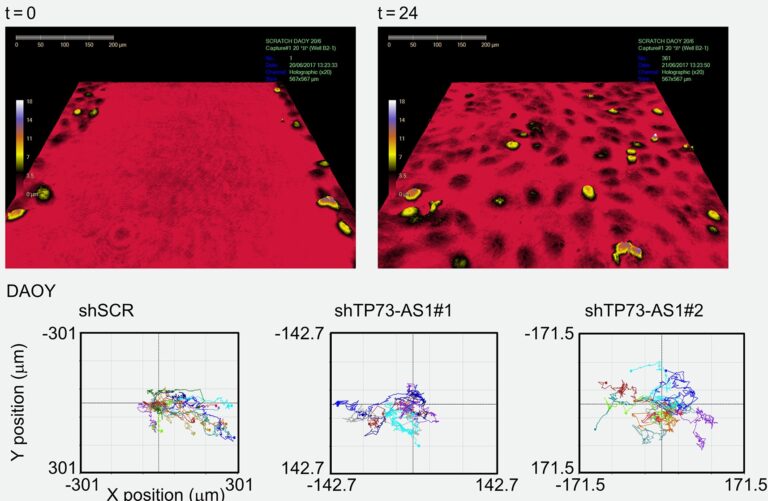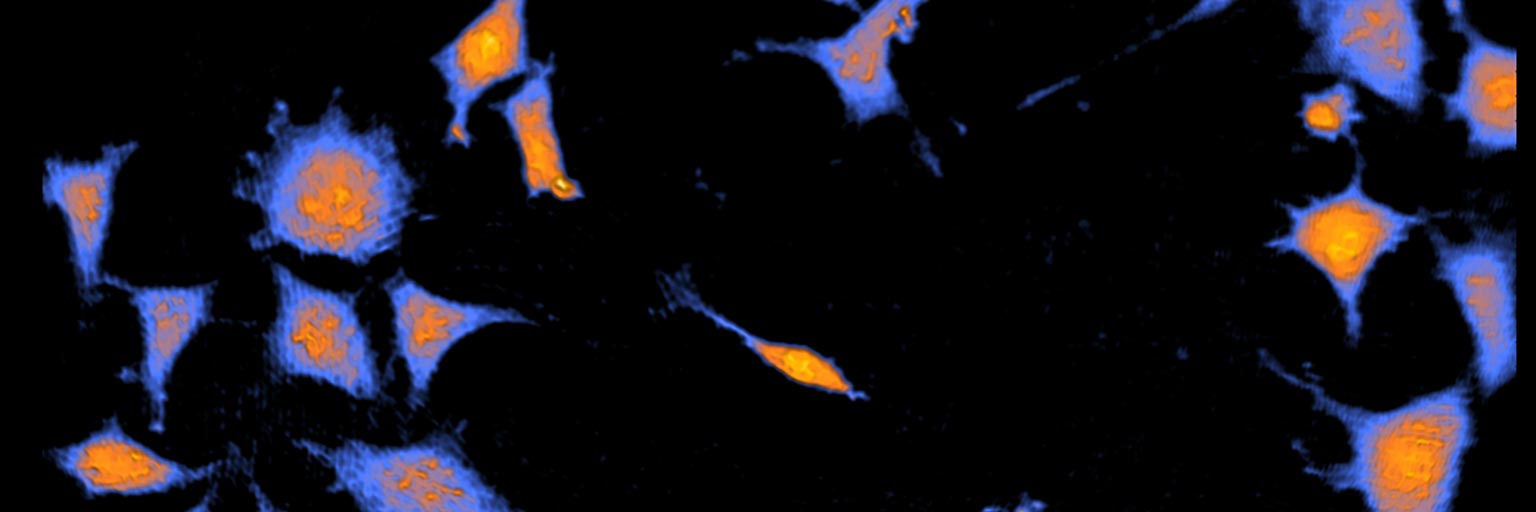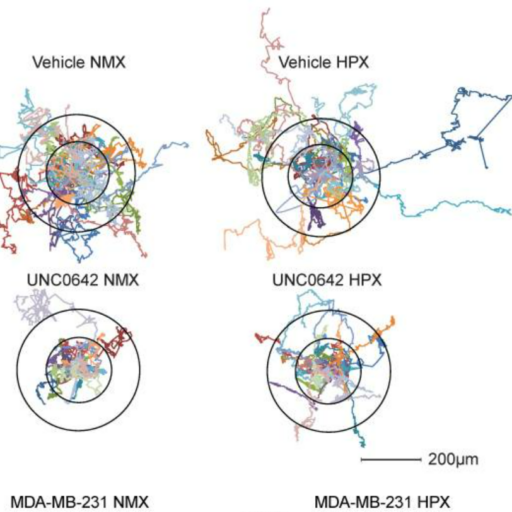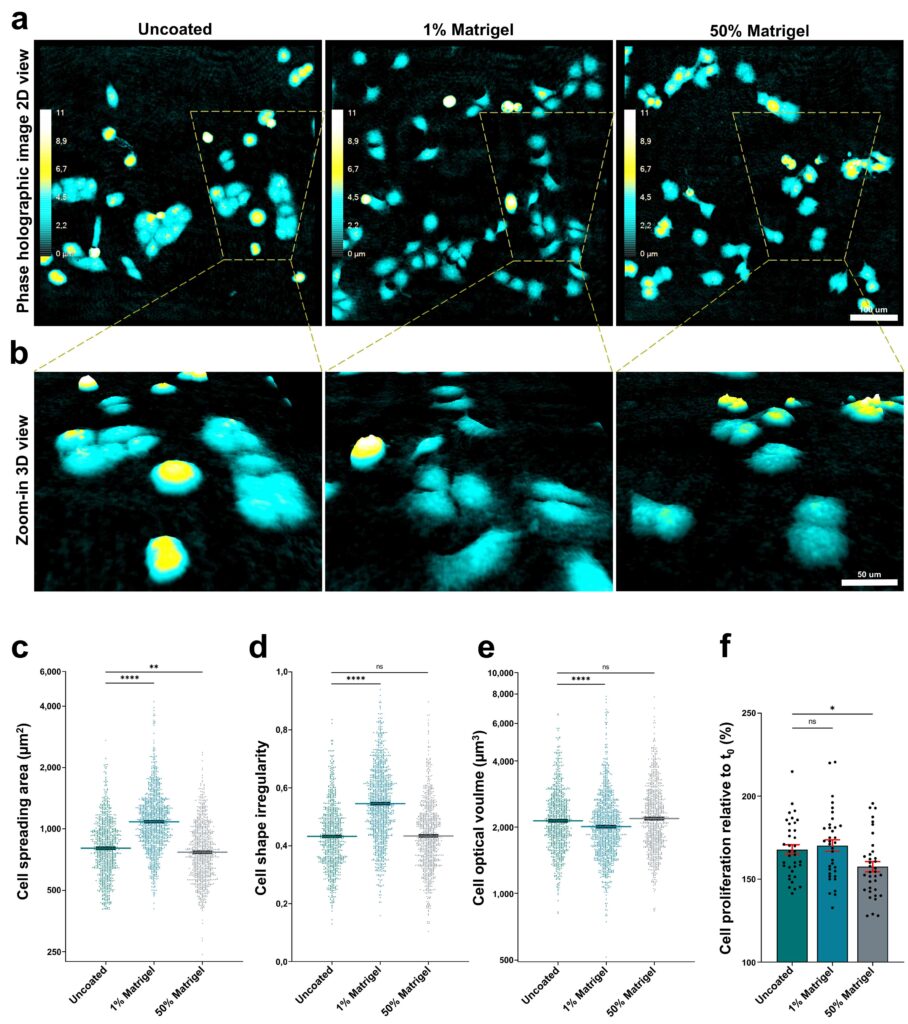Advancing Cancer Research with Quantitative Live Cell Imaging
Cancer is a leading human disease with persistently high mortality rates. Thus, understanding the how, where, why and with whom metastatic cancer cells disseminate and proliferate is one of the highest importance in cancer research. The HoloMonitor live cell imaging system advances your cancer research with a non-invasive way to measure and quantify cell activity in real-time without compromising the integrity of your precious cells. Therefore, you can get more accurate and native results from your experiments.

A live cell analysis tool with real-time data
Find out more about how HoloMonitor live cell imaging can accelerate your cancer research!
Featured publications within cancer research
Measure mitotic activity in melanocytes
Cutaneous melanoma is deadly skin cancer. The activating mutation BARFV600E mutation exists both in moles and over half cutaneous melanomas.
In this study, in order to investigate why the same mutation has such different consequences in moles and melanomas, the authors using HoloMonitor studied cell proliferation, cell dry mass, cell death and cell growth rate. The experiments showed by increasing the levels of two microRNAs in melanocytes induces mitotic failure, genome duplication, and proliferation arrest. BRAFV600E induces a similar proliferation arrest in primary human melanocytes that is both reversible and conditional depending on the differentiation state of the melanocyte.
On-demand webinar
The secrets to truly controlled cell experiments for cancer research
Find out how HoloMonitor provides better insights by analyzing proliferation, morphology and movement data for both single cells and cell populations.
Discover HoloMonitor Live Cell Assays
Learn more about what you can do with HoloMonitor
Answer cancer research questions with quantitative live cell imaging
24 hours time-lapse video of MDA-MB-231 breast cancer cells
72 hours time-lapse video of JIMT-1 breast cancer cells
Browsing publications in cancer research
Get inspired by other research fellows, and learn how HoloMonitor quantitative live cell imaging can benefit your cancer research:
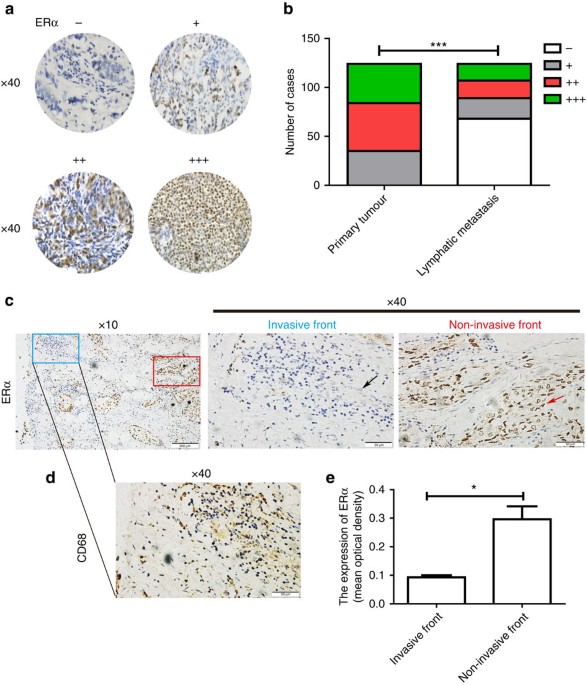
Loss of Erα Induces Amoeboid-like Migration of Breast Cancer Cells by Downregulating Vinculin
Journal: Nature Communications (2017)
Research Areas: Cancer research
Cell Lines: MCF-7

Reversal of Chemoresistance in Ovarian Cancer by Co-delivery of a p-glycoprotein Inhibitor and Paclitaxel in a Liposomal Platform
Journal: Molecular Cancer Therapeutics (2016)
Research Areas: Cancer research
Cell Lines: SKOV 3 TR cells

Enhanced Cytotoxicity of Folic Acid-targeted Liposomes Co-loaded With C6 Ceramide and Doxorubicin: in Vitro Evaluation on HeLa, A2780-ADR and H69-AR Cells
Journal: Molecular pharmaceutics (2015)
Research Areas: Cancer research, Drug research
Cell Lines: HeLa

Targeted Tumor Therapy by Rubia Tinctorum L.: Analytical Characterization of Hydroxyanthraquinones and Investigation of Their Selective Cytotoxic, Adhesion and Migration Modulator Effects on Melanoma Cell Lines
Journal: Cancer cell international (2015)
Research Areas: Cancer research, Drug research
Cell Lines: A2058, HT168-M1, MRC-5

Reversal of Chemoresistance in Ovarian Cancer by Co-delivery of MDR Inhibitors and Paclitaxel Using a Targeted Liposomal Platform
Journal: The faseb journal (2015)
Research Areas: Cancer research
Cell Lines: SKOV3

Macrophage Polarization and the Effect of Microrna-155 Administered in Water-in-oil-in-water Multiple Emulsion Formulations
Journal: Journal of Clinical & Cellular Immunology (2015)
Research Areas: Cancer research, Immunology
Cell Lines: J774A, 1, SKOV3

